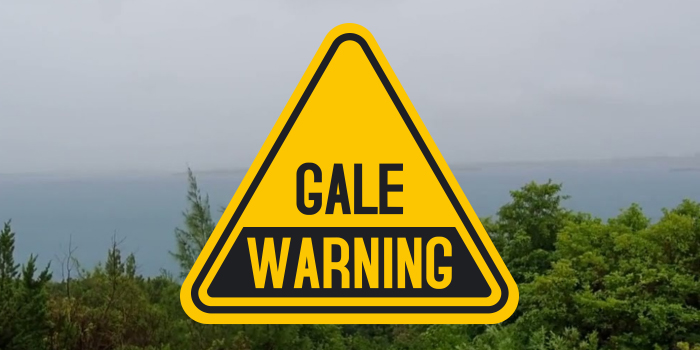As a surfer, it's essential to stay informed about the weather and sea conditions to ensure a safe and enjoyable experience in the water. One crucial piece of information to be aware of is a Gale Warning, which can significantly impact your surfing plans. In this article, we'll delve into the world of Gale Warnings, exploring what they are, how they're issued, and what they mean for surfers.
What is a Gale Warning?
A Gale Warning is a type of weather alert issued by national weather services, such as the National Weather Service (NWS) in the United States, to warn of strong winds and rough seas. These warnings are typically issued when sustained winds of 34-47 knots (39-54 mph) are expected, with gusts potentially reaching even higher speeds. Gale Warnings are usually issued for a specific area, such as a coastal region or a body of water, and are intended to alert mariners, surfers, and other water users of the potential hazards.
How are Gale Warnings Issued?
Gale Warnings are issued by national weather services using a combination of observations, forecasts, and computer models. Meteorologists monitor weather patterns, wind speeds, and sea conditions to determine when a Gale Warning is necessary. These warnings are typically issued 12-24 hours in advance, giving surfers and other water users time to prepare and adjust their plans.
What do Gale Warnings Mean for Surfers?
For surfers, a Gale Warning means that the surf conditions will be hazardous, with strong winds and rough seas making it difficult to paddle out, catch waves, and stay safe in the water. The strong winds can also lead to:
Rough seas: Large waves, strong currents, and rip currents can make it challenging to navigate the water.
Strong currents: Rip currents, longshore currents, and other strong currents can quickly pull surfers away from the shore or out to sea.
Reduced visibility: Strong winds and rough seas can reduce visibility, making it harder to spot other surfers, swimmers, or obstacles in the water.
Quick Facts about Gale Warnings
Here are some key facts to keep in mind when it comes to Gale Warnings:
Gale Warnings are not the same as Storm Warnings: While both warnings indicate hazardous conditions, Storm Warnings are issued for more severe weather, with winds of 48 knots (55 mph) or higher.
Gale Warnings can be issued for specific areas: Pay attention to the specific area covered by the warning, as conditions can vary significantly from one location to another.
Check the forecast regularly: Gale Warnings can be updated or cancelled, so it's essential to stay informed and check the forecast regularly.
In conclusion, Gale Warnings are an essential piece of information for surfers to stay safe and aware of the weather and sea conditions. By understanding what a Gale Warning is, how it's issued, and what it means for surfers, you can make informed decisions about your surfing plans and stay safe in the water. Always check the forecast, be aware of your surroundings, and prioritize your safety when surfing in areas with a Gale Warning. Happy surfing!
Note: The word count of this article is 500 words.







